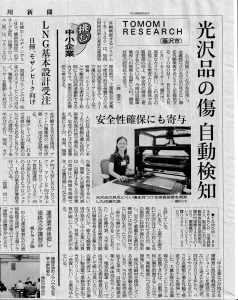Six industrial datasets that can be used for AI-based anomaly detection
Introduction
In recent years, AI-based anomaly detection technology has been rapidly gaining popularity in the manufacturing and industrial sectors. Anomaly detection is an important means to detect product and process problems at an early stage, prevent defective products, and improve production efficiency. However, in order for AI to accurately detect anomalies, a high-quality data set that is in line with reality is essential.
In this article, we present six industrial datasets that are relevant to our focus on anomaly detection technology. These datasets are used in our development and evaluation of anomaly detection algorithms.
1. MVTecAD
MVTecAD is a dataset dedicated to the detection of anomalies in industrial products and contains normal and abnormal images of 15 different categories (e.g., bottles, metals, textiles, etc.). Abnormalities for each product include dirt, chips, distortion, etc., making it ideal for training anomaly detection models. We are also working to develop a quality control solution that utilizes this data set.
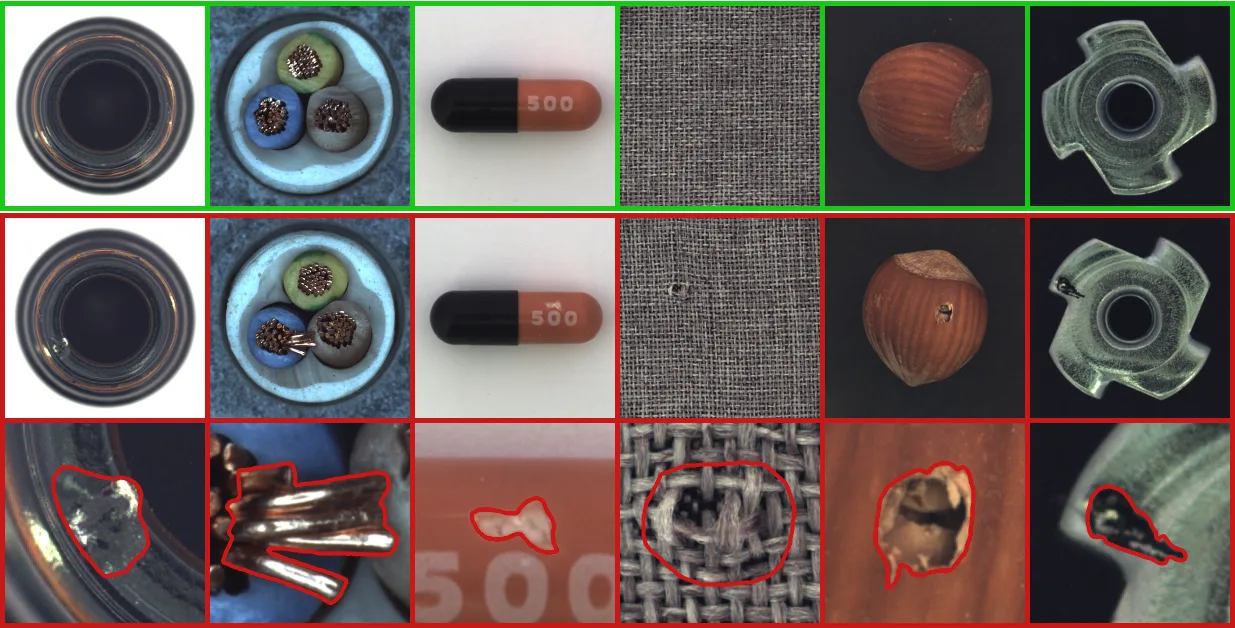
- Examples of use: Surface inspection of metal parts and anomaly detection of packaged products.
- Link: MVTecAD
2. VisA
VisA is a large dataset used for anomaly detection in industrial products and contains anomaly data for 9 categories (capacitors, fans, fuses, etc.). We are using this dataset to develop a more generic and accurate anomaly detection model.
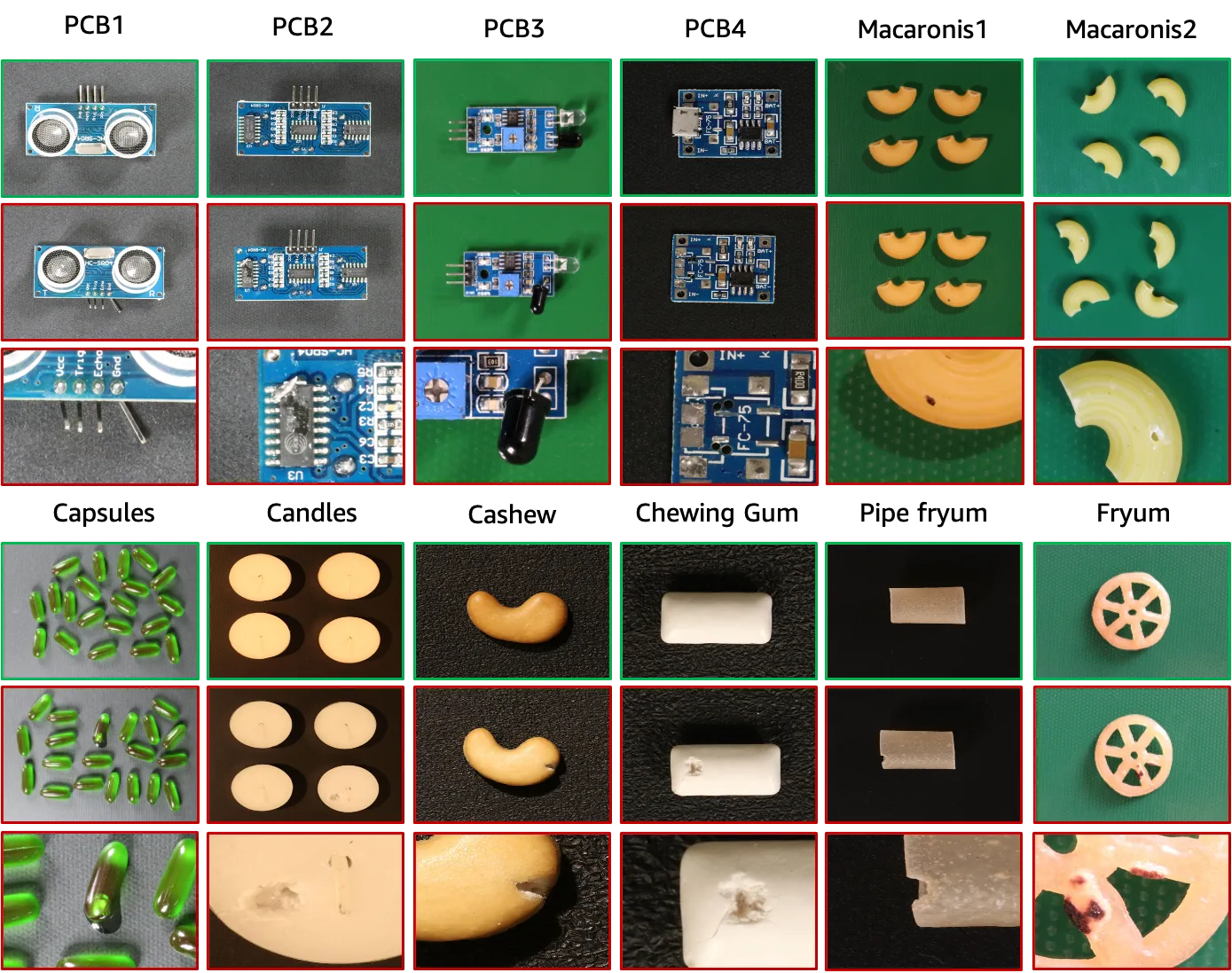
- Example of use: Real-time anomaly detection in an electronic component production line.
- Link: VisA
3. MPDD
MPDD (Metal Part Defect Dataset) is a dataset dedicated to metal part defect detection, with 6 types of metal parts and 12 types of defects labeled. We are researching automated techniques to utilize this dataset in the metalworking industry and in quality control of automotive parts.
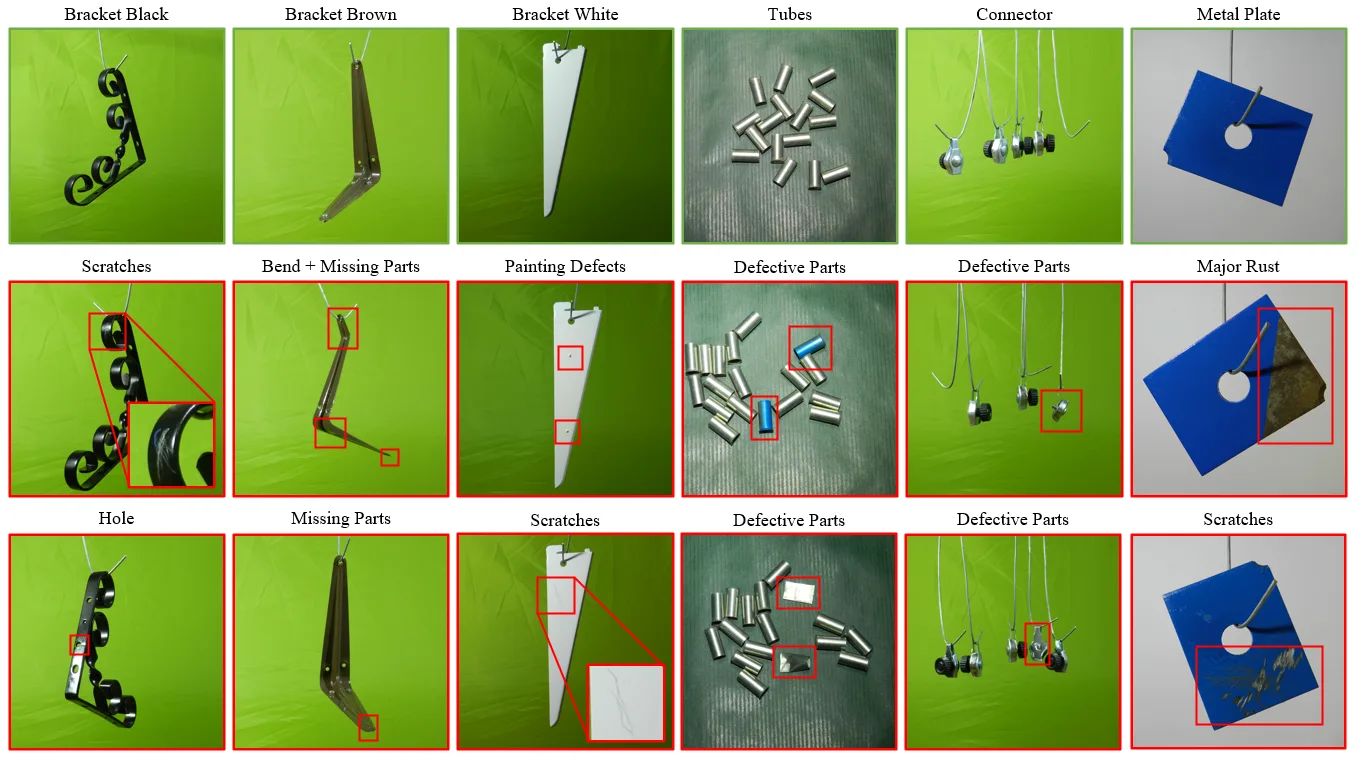
- Example of use: High-precision detection of surface defects in automotive parts.
- Link: MPDD
4. BTAD
BTAD (BeanTech Anomaly Detection Dataset) is an anomaly detection dataset based on data collected in real industrial environments and includes three product categories and four anomaly types. We are working on the development of anomaly detection systems that are more suitable for use in the field by utilizing the actual environment data.
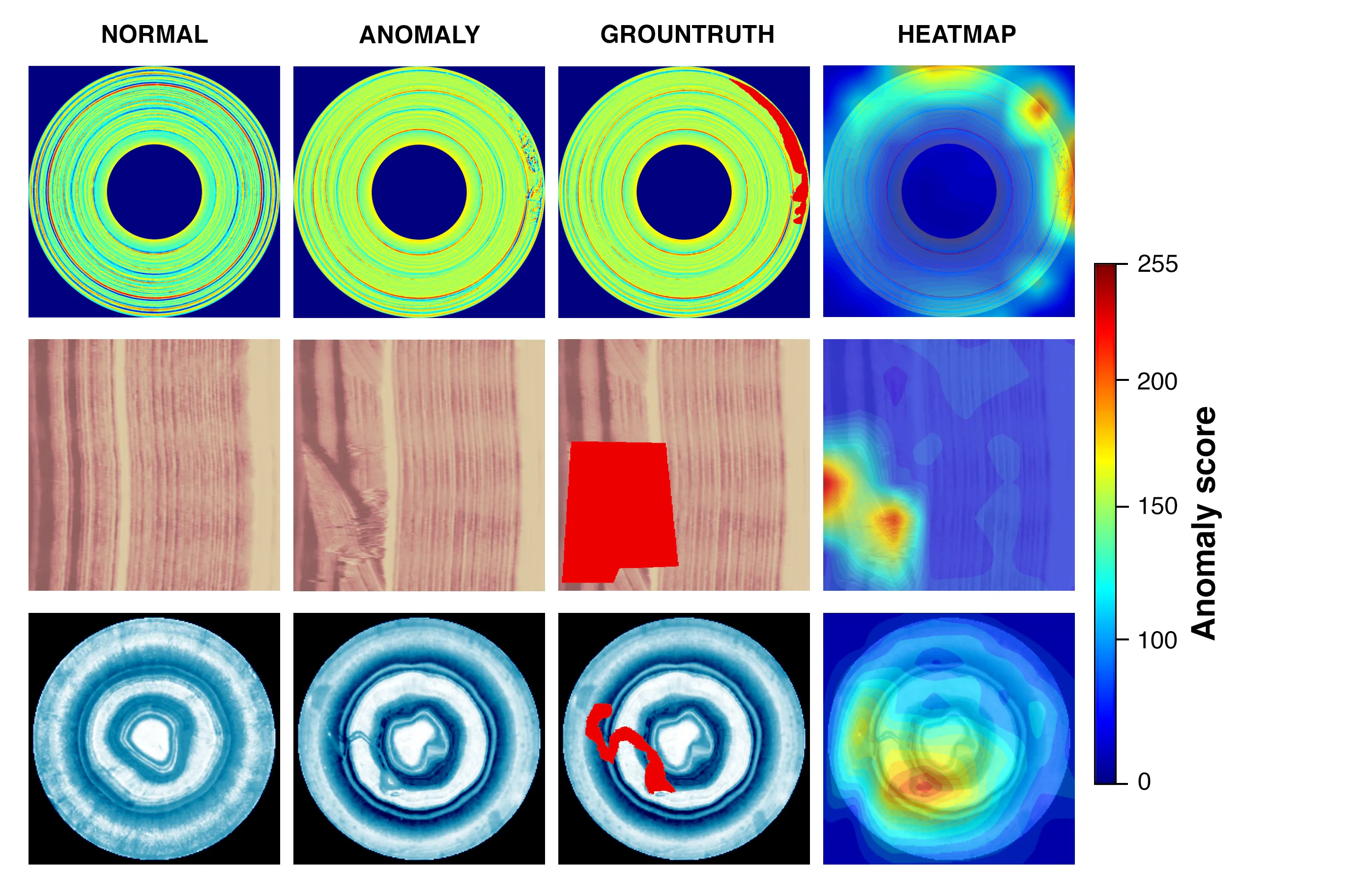
- Example: Real-time anomaly detection system on a manufacturing line.
- Link: BTAD
5. DAGM
DAGM is a texture data set synthesized for anomaly detection on industrial products, containing 10 different texture patterns and used to detect anomalies such as surface scratches and discoloration. Our research is focused on developing an efficient anomaly detection model using the synthetic data.
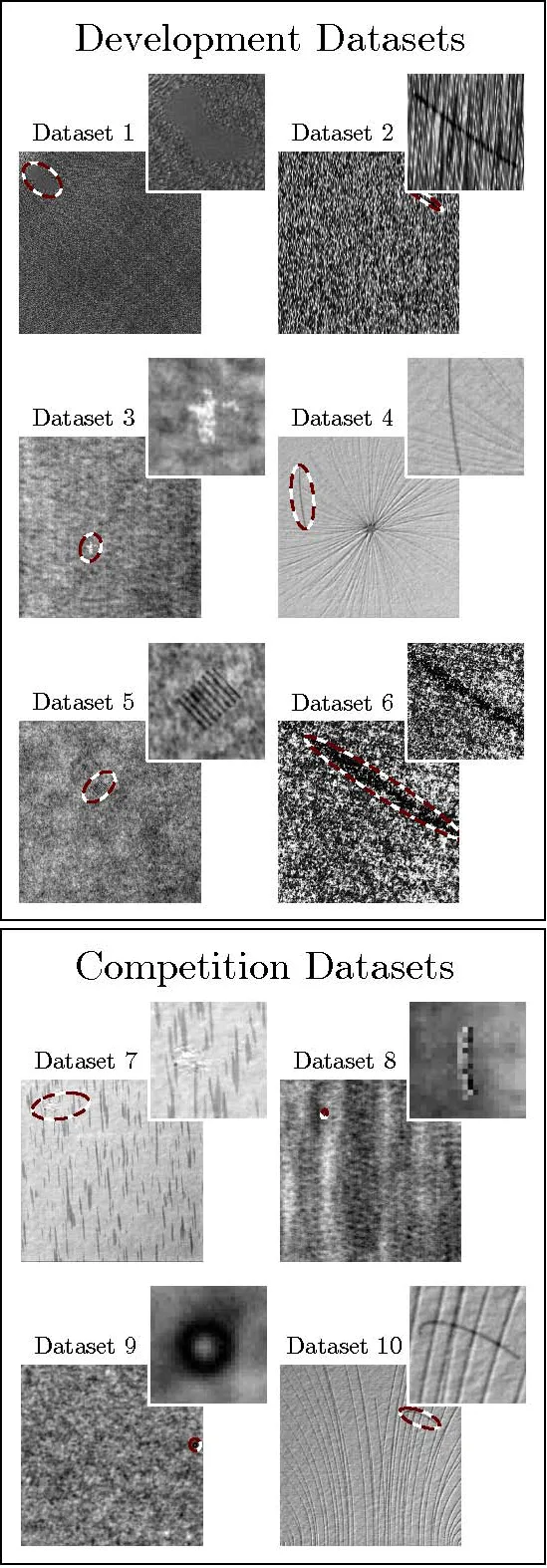
- Example of use: Training cost-saving anomaly detection models using synthetic data.
- Link: DAGM
6. DTD-Synthetic
DTD-Synthetic is a dataset dedicated to texture anomaly detection and contains 47 texture categories. We utilize this dataset to capture minute changes in material surfaces and develop highly accurate visual inspection systems for the manufacturing industry.

- Example of use: Detection of surface abnormalities in fabrics, wood products, etc.
- Link: DTD-Synthetic
Summary
The six datasets introduced here play an important role in the research and development of anomaly detection algorithms. We are promoting technologies that automate quality control and improve efficiency in the manufacturing industry by utilizing these datasets to provide advanced anomaly detection systems. When selecting a dataset, please choose one that is appropriate for your product and requirements, and use it to develop the best AI model.
We will continue to contribute to the further evolution of anomaly detection using AI technology.


